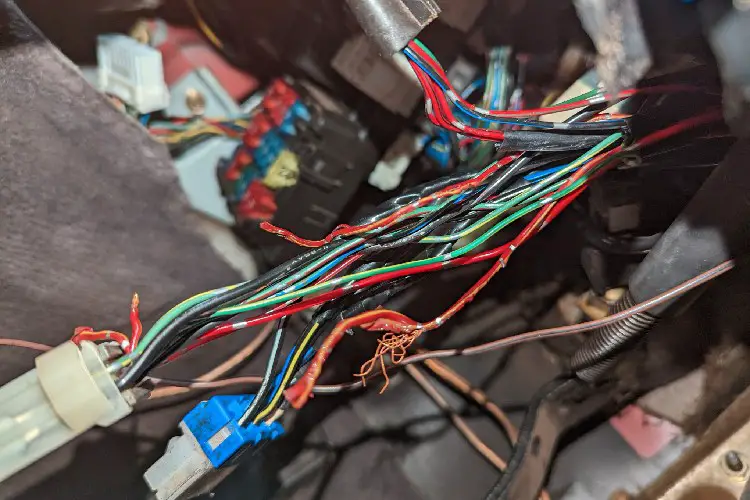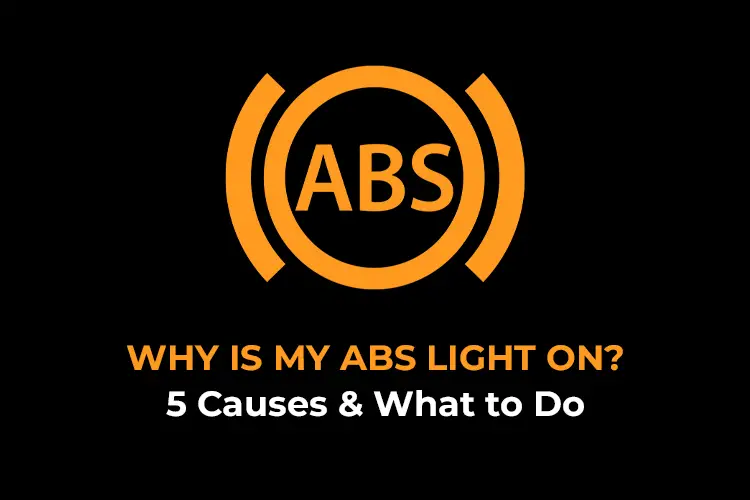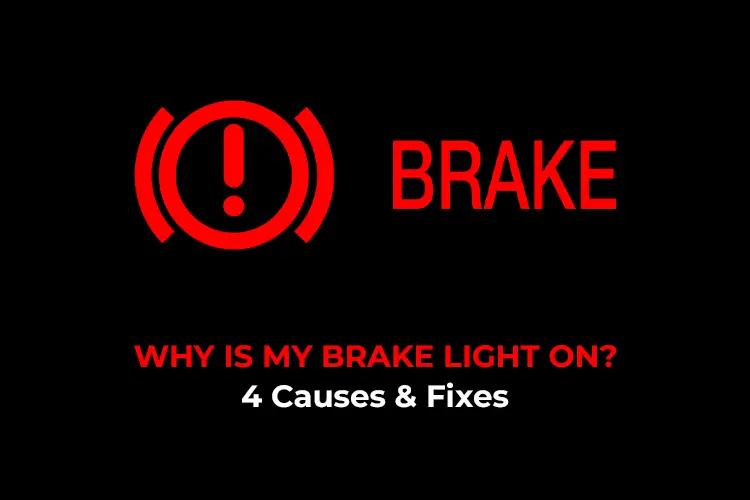What Does ESP BAS Light Mean?

ESP BAS is short for Electronic Stability Program and Brake Assist System. It is a safety feature designed to prevent losing control and skidding in challenging driving conditions like sudden maneuvers and slippery roads.
Electronic Stability Program (ESP), or Electronic Stability Control (ESC) in some cars, is a system that keeps your vehicle stable while driving. The ESP system uses a sensor to detect when your car is losing traction or starting to skid and then restores its stability. Here’s a comprehensive article about ESC light, click to get more information about this light.
The Brake Assist System (BAS) is designed to increase the brake pressure when it senses a sudden slam on the brake pedal.
The ESP BAS light indicates a problem with your car’s brake assist program or electronic stability system.
This warning light pops up in amber or yellow and may have the letters “ESP BAS”. If the light comes on, it is essential to get a professional mechanic to inspect your car to troubleshoot and resolve the issue as soon as possible.
The causes of this light vary; I will talk about them in the following sections.
Is It Safe to Drive with the ESP BAS Light On?
No. Driving with the ESP BAS light on is unsafe, especially in slick conditions. A flawed ESP BAS system can cause an accident with enormous consequences. Traction is vital for your car to stay on track.
If the ESP BAS are inactive, your car might lose traction when cornering or driving on the snow. You must resolve the issue as soon as possible to keep you and your vehicle safe.
Your ESP BAS system should always function well because you never know when you might need it. Once you notice the light, park immediately or drive to a safe spot and troubleshoot it.
Why Does the ESP BAS Light Come On?
Here are some reasons your ESP BAS light comes on and how to quickly resolve it:
These sensors let the car know in which direction you turn the wheels. A bad connection can cause these sensors to lose contact, resulting in the illumination of the ESP BAS light.
A malfunctioning or failed sensor can send wrong information to the wheels, causing the vehicle to turn wrong.
Solution: Recalibrating the steering angle sensor can resolve this issue. Fortunately, you do not need special tools to do this; you can do it in your driveway. Gently turn your car’s wheels from right to left or left to right (where it would lock).
You can also use an OBD2 scanner to recalibrate your car’s steering angle sensor. Read the trouble code on the scanner and fix it. If recalibrating it does not work, replace it.
The system cannot detect loss of tract in the wheels when the speed sensors are faulty, which can trigger the light.
Solution: Find and replace the bad wheel speed sensor.
Whenever the brake switch fails, it will alert you to replace it by turning on the ESP BAS light.
Solution: Use an OBD2 scanner to scan for the trouble code and identify the issue. Remove and replace the faulty brake switch sensor.

The ABS control module and various sensors in a car are connected with many wires.
If there is an issue with the wiring, it might transmit the wrong information to the ABS module, which sends a signal to the ESP BAS system, causing the light to pop up.
Solution: Wirings are complex and challenging to debug. Contact a professional auto-electrician to troubleshoot and resolve the issue.
Solution: Find the faulty braking component and replace it immediately.
How to Reset the ESP BAS Light
Here is a step-by-step guide for resetting the ESP BAS light:

Step 1: Press ESP OFF button
Press the ESP OFF button to turn the light off. If it doesn’t work or your car doesn’t have this button, move to the next step.
Step 2: Reset the steering angle sensor
- Start your car’s engine and turn the wheel to the right as far as possible and then to the left.
- Repeat the process about two to three times to reset the sensor.
- Return the steering wheel to the middle position.
Try the next solution if the light still pops up after this.
Step 3: Read the trouble codes by using the OBD2 scanner
For this step, you would need one of the Best OBD2 Scanners on the market today. Connect the scanner to your car, turn on the ignition, and hit the “Read” button to start the scanner.
Figure out the code using the scan tool’s DTC Look-up Library.
Let me tell you about my experience with the ESP BAS light. After seeing this warning signal, I used the Autel MK808 OBD2 scanner to scan my 2010 Jeep Wrangler.
The scanner showed the code “C1020”, meaning Left Rear Wheel Speed Sensor Circuit. The warning light went off when I replaced the faulty sensor.
Step 4: Fix the problem
Once you get the trouble code, it will show you what you need to replace or repair. If you need help with how to replace or repair parts, allow an expert to handle them.
Step 5: Clear the trouble codes
Once you fix the problem, the next step is to clear the error code. Press the “Erase” button to remove the codes and turn off the ignition. Test drive the car to see if the light still comes on.
What’s Next?
I recommend not driving your car when the ESP BAS light is on. Get your car to safety and use a scan tool to determine the faults activating the warning light.
Make sure you use a scanner compatible with your car to get the best results; you can get a compatible tool from this list of the Best OBD2 Scanners.
Have you fixed yours with the solutions here? Please leave a comment to share your experience.








Recommended for you
Service AdvanceTrac Ford: 5 Causes and How to Fix It
Chassis Stabilization Malfunction BMW: 5 Causes and How to Fix It
BMW Brake Light: Diagnose, Fix, and Reset for Optimal Safety